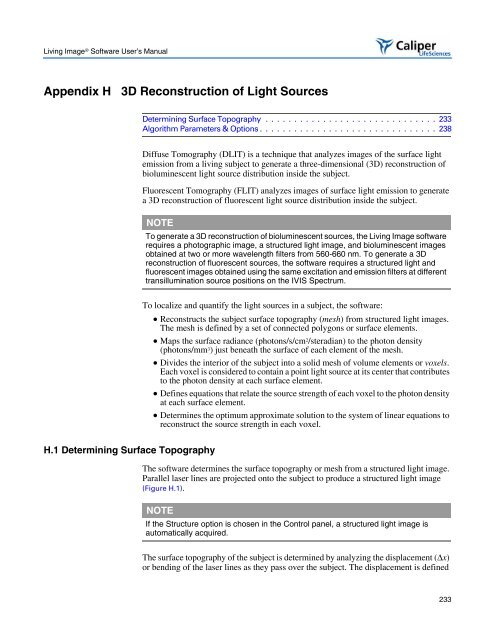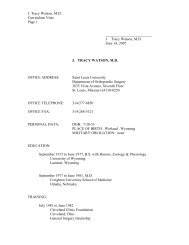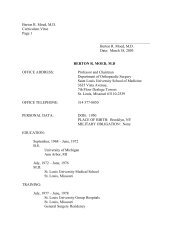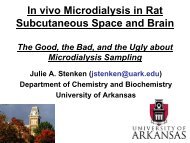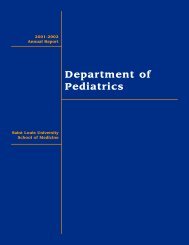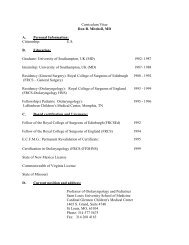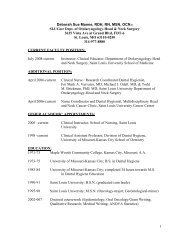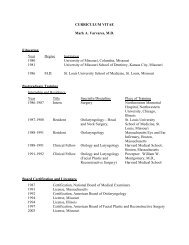Living Image 3.1
Living Image 3.1
Living Image 3.1
Create successful ePaper yourself
Turn your PDF publications into a flip-book with our unique Google optimized e-Paper software.
<strong>Living</strong> <strong>Image</strong> ® Software User’s Manual<br />
Appendix H 3D Reconstruction of Light Sources<br />
Determining Surface Topography . . . . . . . . . . . . . . . . . . . . . . . . . . . . . . 233<br />
Algorithm Parameters & Options . . . . . . . . . . . . . . . . . . . . . . . . . . . . . . . 238<br />
Diffuse Tomography (DLIT) is a technique that analyzes images of the surface light<br />
emission from a living subject to generate a three-dimensional (3D) reconstruction of<br />
bioluminescent light source distribution inside the subject.<br />
Fluorescent Tomography (FLIT) analyzes images of surface light emission to generate<br />
a 3D reconstruction of fluorescent light source distribution inside the subject.<br />
NOTE<br />
H.1 Determining Surface Topography<br />
To generate a 3D reconstruction of bioluminescent sources, the <strong>Living</strong> <strong>Image</strong> software<br />
requires a photographic image, a structured light image, and bioluminescent images<br />
obtained at two or more wavelength filters from 560-660 nm. To generate a 3D<br />
reconstruction of fluorescent sources, the software requires a structured light and<br />
fluorescent images obtained using the same excitation and emission filters at different<br />
transillumination source positions on the IVIS Spectrum.<br />
To localize and quantify the light sources in a subject, the software:<br />
• Reconstructs the subject surface topography (mesh) from structured light images.<br />
The mesh is defined by a set of connected polygons or surface elements.<br />
• Maps the surface radiance (photons/s/cm 2/steradian) to the photon density<br />
(photons/mm 3) just beneath the surface of each element of the mesh.<br />
• Divides the interior of the subject into a solid mesh of volume elements or voxels.<br />
Each voxel is considered to contain a point light source at its center that contributes<br />
to the photon density at each surface element.<br />
• Defines equations that relate the source strength of each voxel to the photon density<br />
at each surface element.<br />
• Determines the optimum approximate solution to the system of linear equations to<br />
reconstruct the source strength in each voxel.<br />
The software determines the surface topography or mesh from a structured light image.<br />
Parallel laser lines are projected onto the subject to produce a structured light image<br />
(Figure H.1).<br />
NOTE<br />
If the Structure option is chosen in the Control panel, a structured light image is<br />
automatically acquired.<br />
The surface topography of the subject is determined by analyzing the displacement (Δx)<br />
or bending of the laser lines as they pass over the subject. The displacement is defined<br />
233


